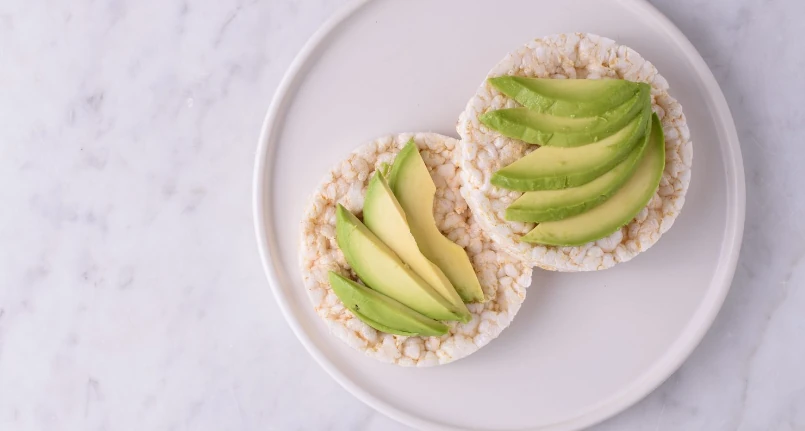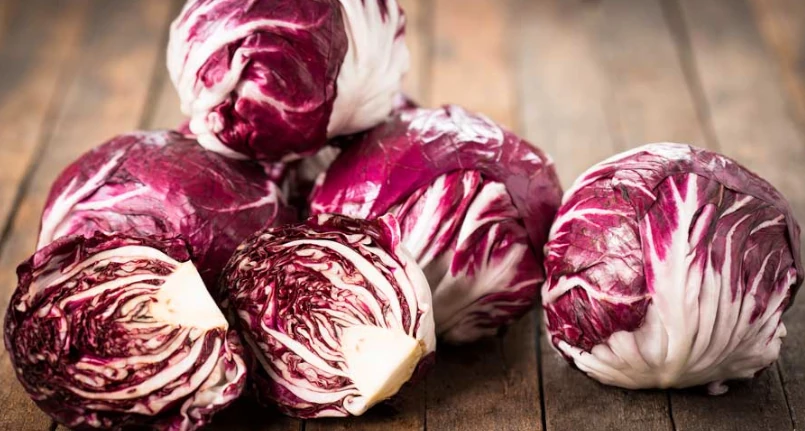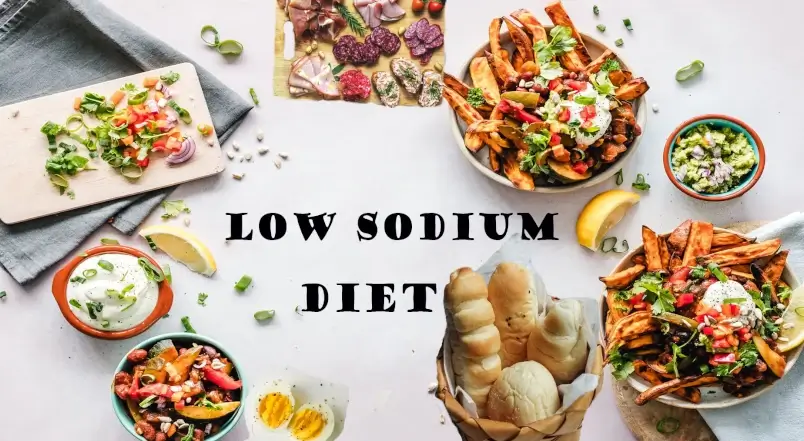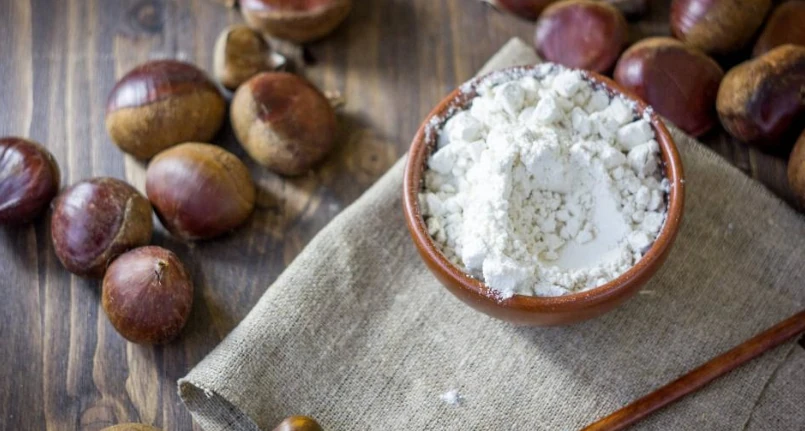Nutritional characteristics
Rice cakes are a very caloric food , providing about 35kcal per unit (10g) and just under 400kcal per 100g. From this first statement it can be deduced that rice cakes are not exactly the prototype of dietetic food; moreover, they are much more energetic than traditional bread . The latter brings on average just under 300kcal/100g, so a single slice of bread (25-30g) brings about 75-90kcal. Therefore, making the comparison with a rice cake, a slice of bread provides twice the energy but has a weight
total 2.5/3 times higher. Basically, a slice of bread has twice the calories but boasts three times the satiating power .
Nutritional values
| Nutritional composition for 100 grams of Commercial Rice Cakes | |||||||||||||||||||||||||||||||||||||||||||||||||||||||||||||||||||||||||||||||||||||||||||||||||||||||||||||||||||||||||
|
|||||||||||||||||||||||||||||||||||||||||||||||||||||||||||||||||||||||||||||||||||||||||||||||||||||||||||||||||||||||||
From a saline point of view, rice cakes provide a good level of phosphorus, potassium and iron (even if the latter is not very bioavailable ). As far as vitamins are concerned , however, the concentrations of niacin ( PP ), total folates (not present in the table and probably canceled by the heat treatment of the puffed rice ) and tocopherols ( vitamin E ) stand out.
Rice cakes do not contain simple sugars but, having a high glycemic index (82 out of a maximum value of 100 for glucose syrup ), they are NOT suitable for foodof the obese , the type 2 diabetic and hypertriglyceridemic.
Among other things, due to the scarcity of water, the dietary fiber content could (rather than improve) worsen any condition of constipation ; in the eventuality, it is therefore essential that the rice cakes are accompanied by plenty of water or drinks.
It is also important to point out that not all rice cakes are suitable for vegetarian and vegan nutrition , since some use food additives of animal origin such as, for example, isinglass as a glue .
A final clarification concerns the suitability of rice cakes for celiac disease. Many think that, being rice-based, the biscuits can be easily inserted. However, some of them are produced with glutinous rice, which is why it is always necessary to carefully read the label of the individual products at the time of purchase.
The average portion of rice cakes varies according to the composition of the general diet; in a 2000kcal nutritional regimen, if used as a secondary snack , it is possible to use 20-30g of rice cakes (ie 80-115kcal).
Rice Cakes: Are They Contaminated?
Human nutrition experts from the Technical University of Denmark’s National Food Institute examined the levels of inorganic arsenic and acrylamide in some foods , including rice cakes.
Since these are two compounds considered poisonous – since, with high and long-lasting exposure, they can increase the risk of cancer – the researchers thought it appropriate to inform the community about the respective levels in foods and safety margins; in fact, it would be legitimate for consumers to want to adopt containment measures for acrylamideand arsenic, in order to moderate the risks associated with their presence in the diet.
Researchers argue that consumers have no reason to worry about most undesirable chemicals in foods , including arsenic and acrylamide, especially in the context of a diverse and diverse diet .
However, the “National Food Institute” argues that ” it would be beneficial to all if the intake of some compounds were reduced “; these compounds obviously also include inorganic arsenic and acrylamide.
Arsenic
Rice is considered one of the main sources of inorganic arsenic for almost all populations and for all age groups ; moreover, for children , it seems that biscuits represent the main way of entry of the aforementioned contaminants.
In light of these certainties, the average intake of inorganic arsenic with food (albeit within safety margins) should be reduced, especially for children. This is because smaller and developing organisms have less tolerance than adults; remember that, if consumed in large quantities and for many years, the chemical element in question could increase the risk of developing some forms of cancer.
It would therefore be desirable (in the diet of those who mainly eat this cereal , such as Asian populations or some western celiacs ) to partially replace rice with potatoes , bread (possibly gluten-free ), legumes or other vegetables, to vary the diet and reduce exposure to poison.
Acrylamide
Acrylamide is another chemical that can be present in rice cakes and increase the risk of certain types of cancer. This unwanted molecule is formed when carbohydrate-rich foods are fried , broiled or baked; however always at temperatures >120°C. While research suggests that the average intake of acrylamide for the population has decreased since 2007, some argue that the levels are still too high. According to a 2013 report, 36% of the acrylamide in the adult diet comes from bagged foods such as chips , 30% from coffee and 13% from bread and derivatives (including, of course, also biscuits of rice).
How to Avoid Accumulation of Acrylamide and Arsenic
In addition to avoiding certain types of foods that contain high levels of this substance (those that are heavily browned or burnt), consumers may want to take certain safety measures, such as taking a detoxification supplement.
These types of supplements often contain a blend of micronized zeolite (a detoxifying volcanic silicon and aluminum mineral ), alpha lipoic acid (a powerful antioxidant), and/or other antioxidant molecules of vitamin, mineral, polyphenolic , coenzymatic, etc. origin.
The composition is justified by the fact that theAlpha lipoic acid , as well as the other components mentioned, could help limit the oxidative stress caused by acrylamide, due to its remarkable ability to neutralize harmful free radicals throughout the body. The zeolite, meanwhile, thanks to a “cage” chemical structure should exchange heavy metals (including the aforementioned arsenic) in the environment, releasing its ions and preventing toxins from remaining inside the body.
Actually – if it is proven that zeolite can effectively exchange its ions with metalscaging them, and that the antioxidants have some efficacy in combating oxidative stress – there is no guarantee that the aforementioned supplements will negate the presence or effect of arsenic and acrylamide in foods. Among other things, the use of clays in food supplements has recently been banned by the Ministry of Health, in order to reduce consumer exposure to food sources of aluminum.
Taking antioxidant and “detox” supplements could therefore be a correct habit, but diet remains the most important form of prevention of all.




